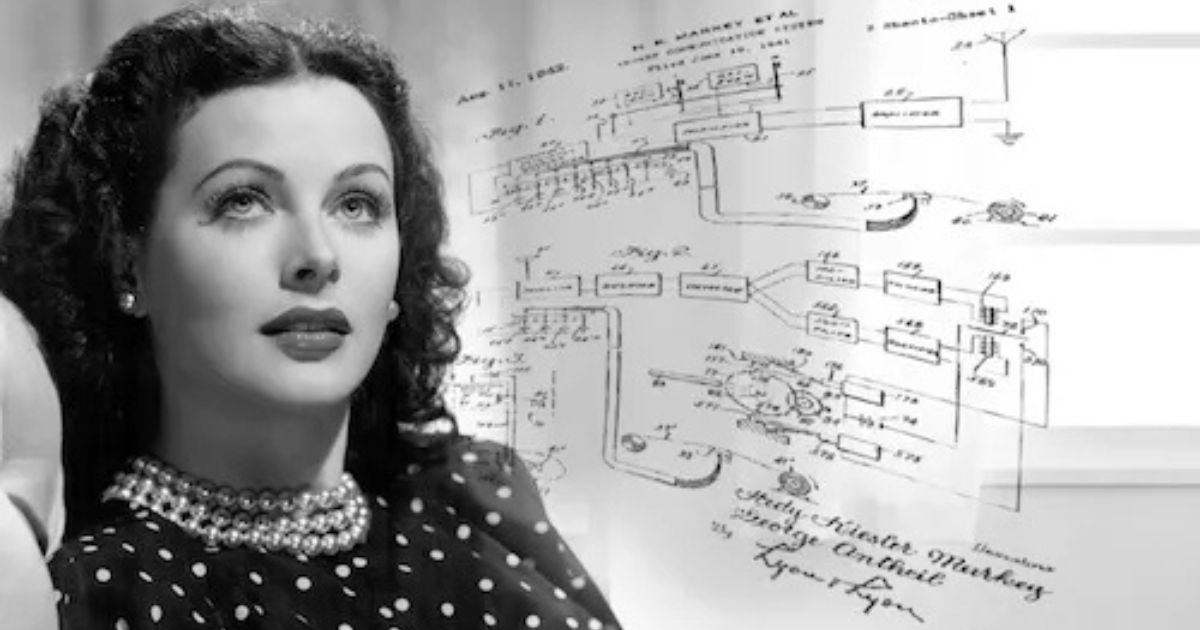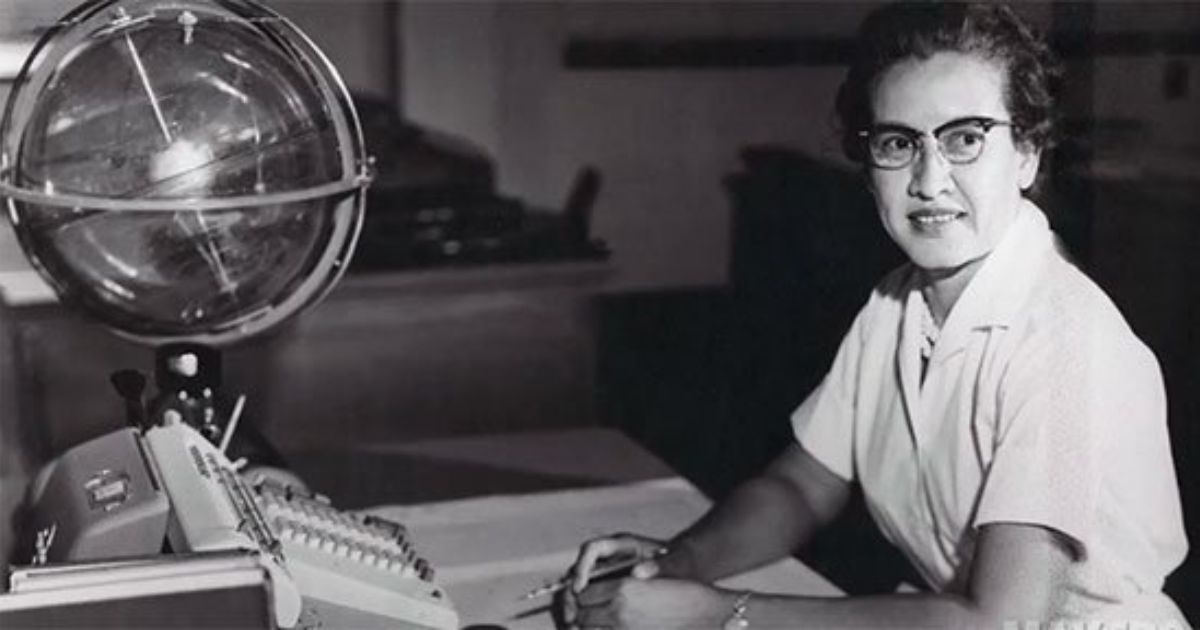Hedy Lamarr was known for her beauty. But behind the glamour was a mind that changed the world.
Born in Austria in 1914, Hedy had a restless intellect. As a child, she took apart music boxes to see how they worked. She excelled in mathematics and had an early curiosity about engineering. But in the eyes of the world, she was destined for something else—Hollywood.
She became a film star. She was celebrated, admired, and defined by her looks. But acting didn’t fulfill her. What fascinated her was invention.
Hedy Lamarr Was A Mind Always at Work
During World War II, Hedy learned that radio-controlled torpedoes could be jammed and sent off course. This flaw cost lives. She wanted to fix it.

She met George Antheil, a composer with a deep understanding of synchronization. Together, they developed a system that allowed radio signals to rapidly switch frequencies, making it nearly impossible to jam. They called it “frequency hopping.”
It was a groundbreaking idea. They patented it in 1942 and offered it to the U.S. Navy. But the military dismissed it. A Hollywood actress couldn’t be taken seriously as an inventor.
Years of Obscurity
Hedy continued inventing. She worked on improved traffic lights, designed a tablet that turned water into soda, and experimented with aircraft aerodynamics. But her ideas were often ignored. Her mind remained in the shadows while the world focused on her face.
Decades later, her work was finally recognized. Her frequency-hopping invention became the foundation for modern wireless communication—Wi-Fi, Bluetooth, and GPS. The technology she developed during the war had quietly shaped the digital world.
Hedy Lamarr: A Legacy Beyond Hollywood
In 1997, she received the Electronic Frontier Foundation Pioneer Award. The world finally saw her as more than just a movie star. She was an inventor, a visionary, a woman far ahead of her time.
Hedy Lamarr didn’t build a company. She didn’t make billions. But her brilliance is in every phone call, every Wi-Fi connection, every GPS direction.
She once said, “The brains of people are more interesting than the looks, I think.”
Her life proved it.






